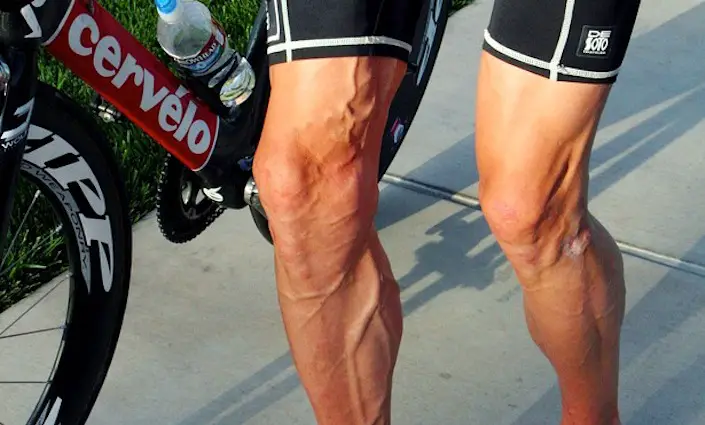
Cycling demands aerobic capacity, metabolic efficiency, and endurance. It’s easy to overlook the fact that these critical aspects drive the muscles that power the bike. In simple terms, cycling involves recruiting your body to generate energy that moves your muscles and propels the bike forward.
But which muscles do you use when cycling? And when do you use each one during the pedal stroke? Here’s the answer. The muscles you use when cycling include the quadriceps, hamstrings, glutes, and calf muscles. Each muscle plays a different role in the pedal stroke. The quadriceps are the primary muscles used during the downstroke, the hamstrings during the upstroke, the glutes for stability, and the calf muscles for balance and control.
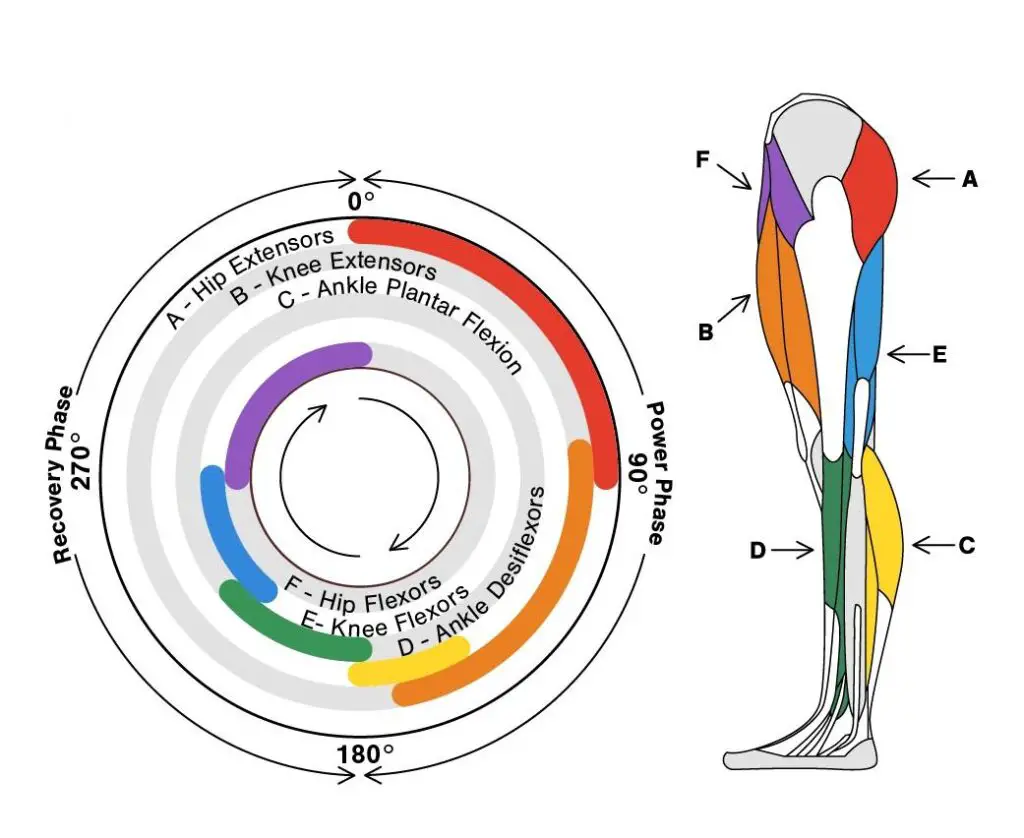
Table of Contents
What Muscles Do You Use When Cycling?
Cycling requires the use of many muscles, not just in the legs but also in the core and arms. The leg muscles, such as quadriceps, hamstrings, glutes, and calf muscles, do the majority of the work in driving the pedals. The core muscles, including the hip flexors, play a crucial role in maintaining balance and stability on the bike. The arms also provide support.
However, it’s important to note that sufficient conditioning and strengthening of the core and arms is crucial to allow the legs to perform their work effectively. Simply riding a bike is not enough to achieve this level of conditioning. Additional training and exercise are necessary to strengthen these muscles.
In short, cycling engages many different muscles in the body and requires proper conditioning to perform at a high level. Don’t neglect the core and arms; they play a crucial role in supporting your cycling performance.
The Cycle Rider’s Prime Focus
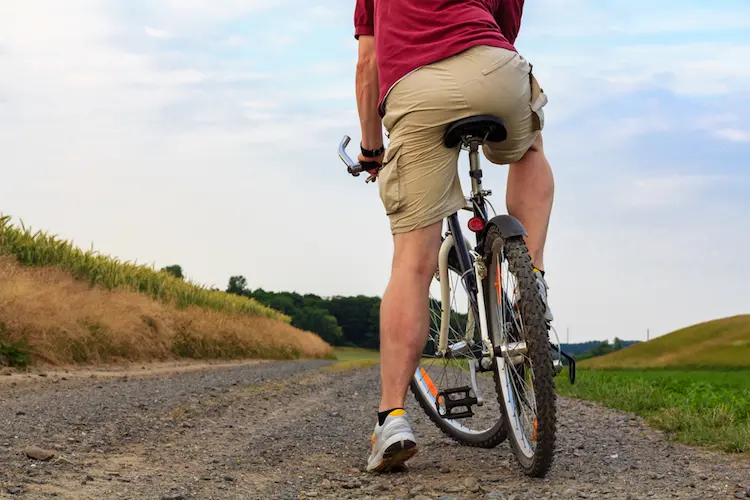
The gastrocnemius, a muscle in the calf, is often one of the most noticeable features among cyclists. This muscle is often larger and more defined compared to the average person’s calves. However, despite their appearance, the calf muscles play a limited role in the pedal stroke and power production.
The calf muscles primarily transmit the force produced by the quadriceps during most of the pedal stroke. During the dead spot of the pedal stroke, from six to nine o’clock, the calf muscles provide a small amount of force to help move over the top of the pedal stroke. During this time, the tibialis anterior, a muscle in the front of the lower leg, takes on a more prominent role in getting the leg over the dead spot.
It’s important to note that the size and appearance of a cyclist’s calves are not necessarily an indicator of their strength or ability. Many of these factors are genetic and can vary greatly among cyclists. Don’t be intimidated by impressive calf muscles, they alone do not determine a rider’s ability.
The Meat and Potatoes
The seat of a cyclist’s power lies between the knees and hips and is most effective during the down stroke of the pedal stroke, from twelve to six o’clock. This is when the knee is extending and the larger muscles, such as the quadriceps, gluteals, and hamstrings, put their effort into the pedals.
The quadriceps, located at the front of the thigh, are the primary muscles that drive the pedals. The gluteals, located in the buttocks, work with the quadriceps to extend the knee. Once the pedals reach four o’clock, the hamstrings, located at the back of the thigh, take over the bulk of the workload and bring the pedals back towards six o’clock.
During the other half of the pedal stroke, from six to twelve o’clock, smaller muscles bring the pedals back up and around, serving primarily to reload the crank for the next down stroke. It’s important to understand the role of each muscle in the pedal stroke to effectively use your power and produce maximum output while cycling.
Implications for Your Pedal Stroke
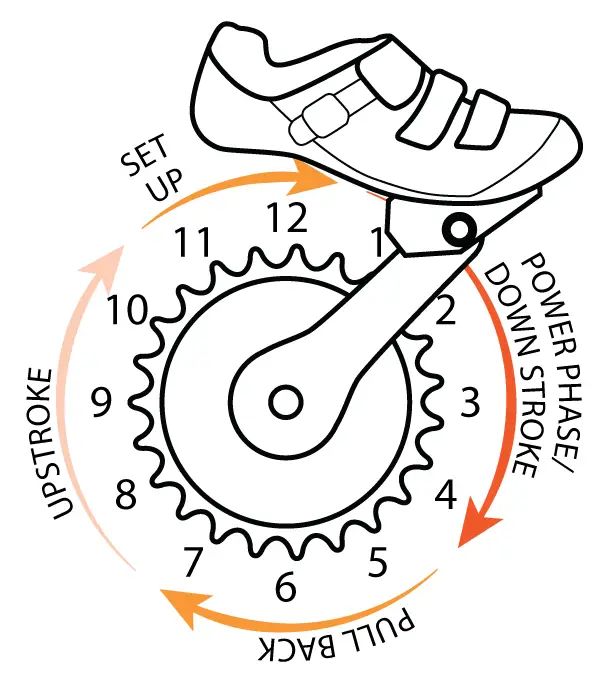
Having a smooth pedal stroke is crucial for efficient and effective cycling. A smooth transition between each phase of the pedal stroke avoids jerky motions and improves efficiency. Although many people might say that a round pedal stroke is ideal, it is impossible to produce equal power throughout the entire pedal stroke from one leg. The muscles used between six and twelve o’clock are not strong enough to make a significant impact on overall force.
It’s important to note that while professional cyclists may seem to have round pedal strokes, it is actually the result of hours of perfecting muscle memory and achieving smoothness. The majority of their forward motion on the bike comes from pressing down on the pedals, and they produce significantly more power during the front end of their pedaling.
So, instead of aiming for a round pedal stroke, focus on having a smooth one. This will help you effectively transfer your power to the pedals and move forward efficiently.
Follow the Pain
Proper seat height can help with knee pain. It all comes down to the muscles involved in cycling. Hamstrings and quadraceps both play a role in knee movement during pedaling. If you feel pain on the outside or back of your knee, it may be because your hamstrings are pulling too much. Try lowering your saddle to ease the strain on your hamstrings. If you experience pain on the inside or front of your knee, it’s likely because your quadraceps are pushing too hard. Raise your saddle to reduce the stress on your quadraceps.
Remember to make small changes to your seat height. Large changes can cause other issues and be more difficult to adjust to. By understanding the role of different muscles in cycling, you can make informed decisions to improve your cycling experience and avoid discomfort.
Muscles Make the Pedals Go Around
Cycling requires a combination of strength and endurance. By knowing the muscles you use when cycling, you can improve your performance on the bike. The quadraceps, gluteals, and hamstrings located in the legs, as well as the core muscles, play a crucial role in power production and movement. Understanding the role of each muscle in the pedal stroke can help you focus on improving your technique and efficiency. Additionally, knowing the impact of seat height on knee pain can help you avoid injuries. Remember to make small changes to your seat height and focus on having a smooth pedal stroke. Overall, a better understanding of the muscles involved in cycling can make you a better and more informed cyclist.
Read Also: What is The Proper Height For a Bike Seat?


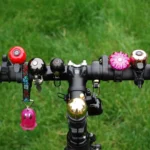
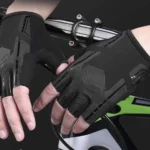





One reply on “Which Muscles Do You Use When Cycling?”
[…] You may like also: Which Muscles Do You Use When Cycling? […]